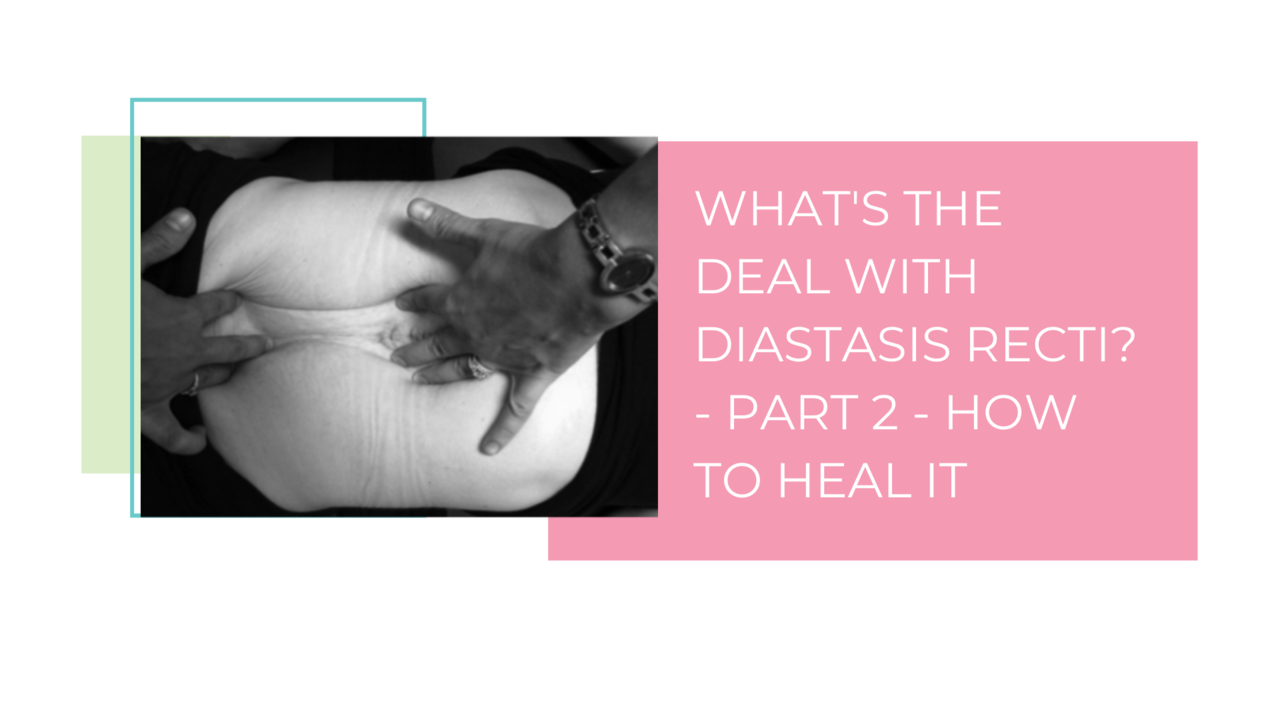
What's the Deal with Diastasis Recti? - Part 2 - How To Heal It
Dec 23, 2019
A Prescription for Diastasis Recti
In my last blog, I talked about what diastasis recti is Part 1. Though much more research is needed in order to fully understand it, we do have some information that can help point us toward healing strategies.
Here I share with you my strategies for helping clients improve the integrity of the linea alba which sets them up for a return to optimal core function.
Prevention during pregnancy, as well as taking advantage of the first eight weeks post-partum are essential.
But if you are like many women and lack of knowledge and awareness during pregnancy means you are still struggling many years later with a weak core, I can still help!
Ultimately, there is no one prescription. Everyone is different, but one thing I know is that I always start with alignment and posture. Then I add in the breath and then I add in movement to regain coordination - the ABC's - Alignment, Breathing, Coordination.
Alignment
Alignment is key, as well as the posture you choose throughout the day. Keeping your ribcage over your pelvis is one of the biggies, along with straight feet and a tailbone that is un-tucked.
Being properly aligned and choosing optimal posture will help your core function normally and limit the likelihood of developing compensatory strategies.
Check out this visual explanation:
It's Not Just About Closing the Gap
Everyone is concerned with closing the gap, but it is more important to get the linea alba (the connective tissue that holds the two recti in place) tensioning properly; how you do that is through the pelvic floor (and alignment and breathing).
When I test for diastasis I have my client do a head lift so I can get a sense of how far apart the rectus muscles are and if they are even able to approximate (move closer to the midline).
I also feel for the integrity of the connective tissue before they curl up, and then as they curl up to see if it tensions or not. The next step is to ask my client to do a pelvic floor contraction (a kegel) and then do the head lift again. I am checking to see if tension develops in the connective tissue when they contract their pelvic floor and then do a head lift.
If it does then there is not a real cause for concern, despite the gap. If it doesn’t then I need to help determine what in their core is over-working or under-working and get them set up so the over-workers can ease up and the under-workers can get back to work!
Here's a video I made showing how to do a self-assessment for diastasis recti:
Core Breathing and Physio
Incorporate core breathing into your daily routine - 30 seconds to one minute. This is especially important if you are pregnant.
If you are reading this and still pregnant, start the Prenatal programs now.
See a pelvic floor physiotherapist who can help you connect with your pelvic floor – the pelvic floor is key in your inner core function and in healing a Diastasis.
Awareness is Key
Awareness is key and can help minimize DRA. The first eight weeks postpartum are critical for healing, so take advantage of that. Common ‘core’ exercises can actually do more harm than good so find physiotherapy and fitness professionals who can help you with the ABC’s – Alignment, Breathing and Coordination (or Core-ordination as I like to call it!).
Recommended Program
The Buff Muff App will help you finally get clarity on the elusive kegel and teach you how to activate your pelvic floor appropriately and then add it to movement.



